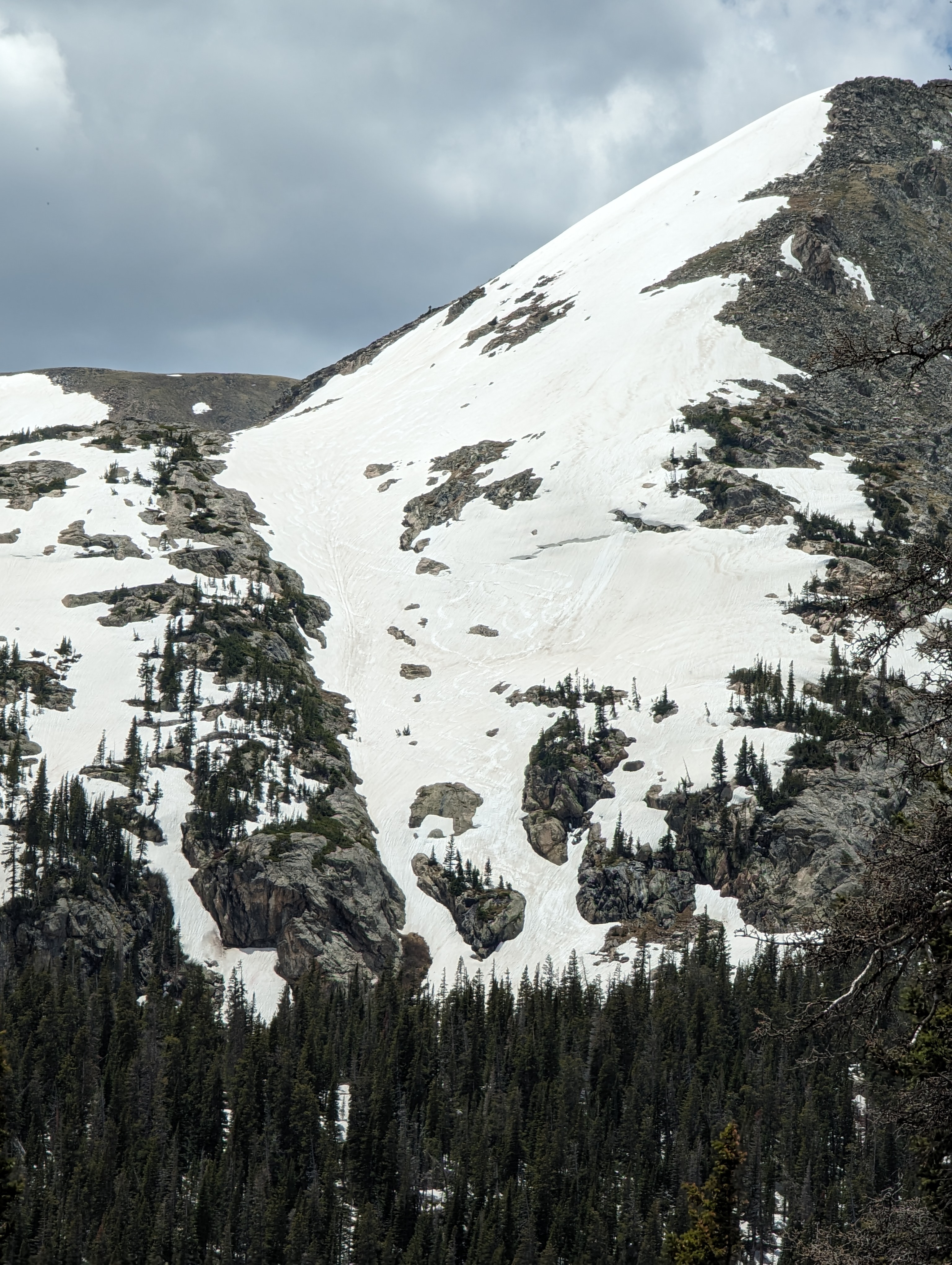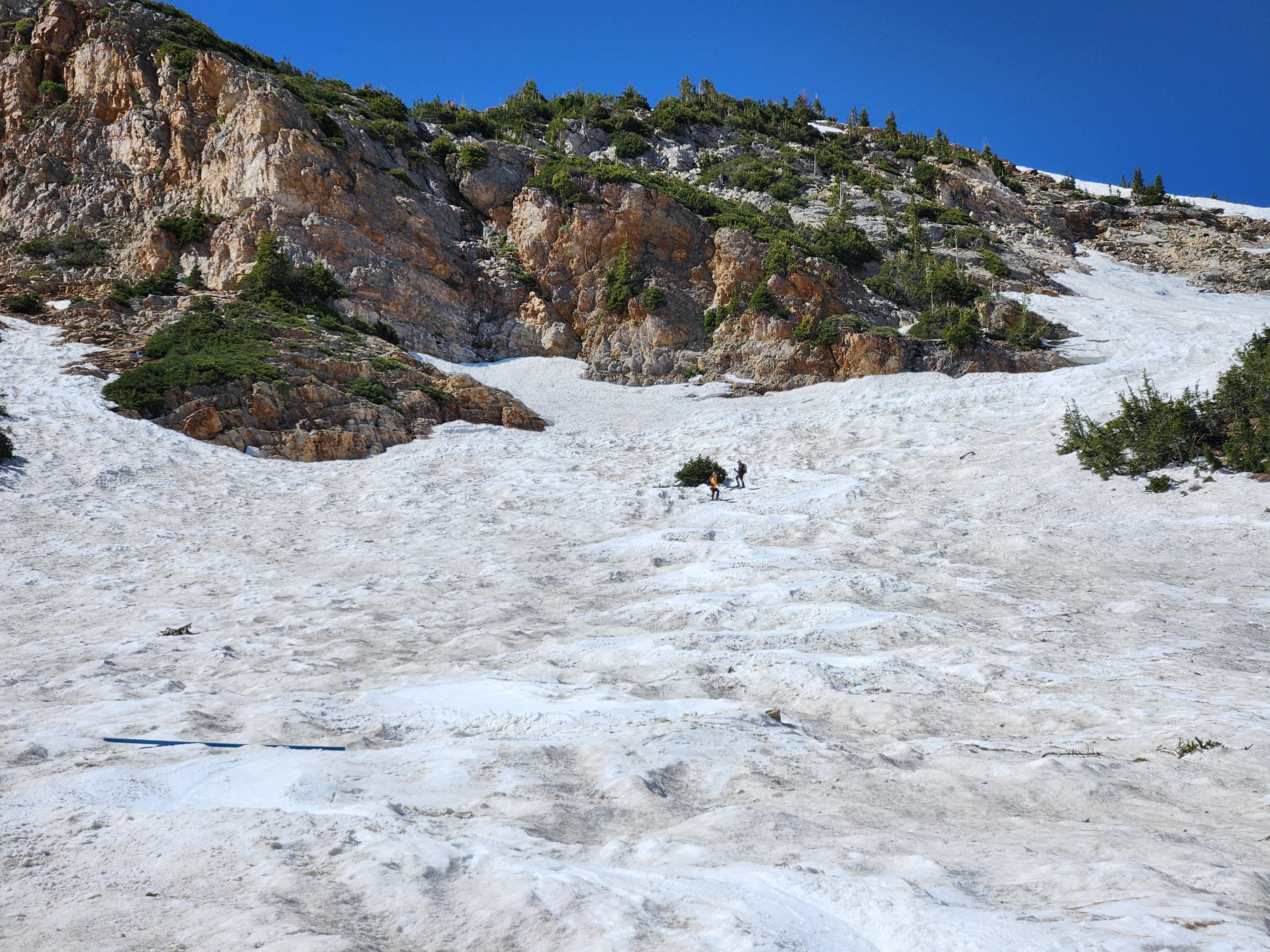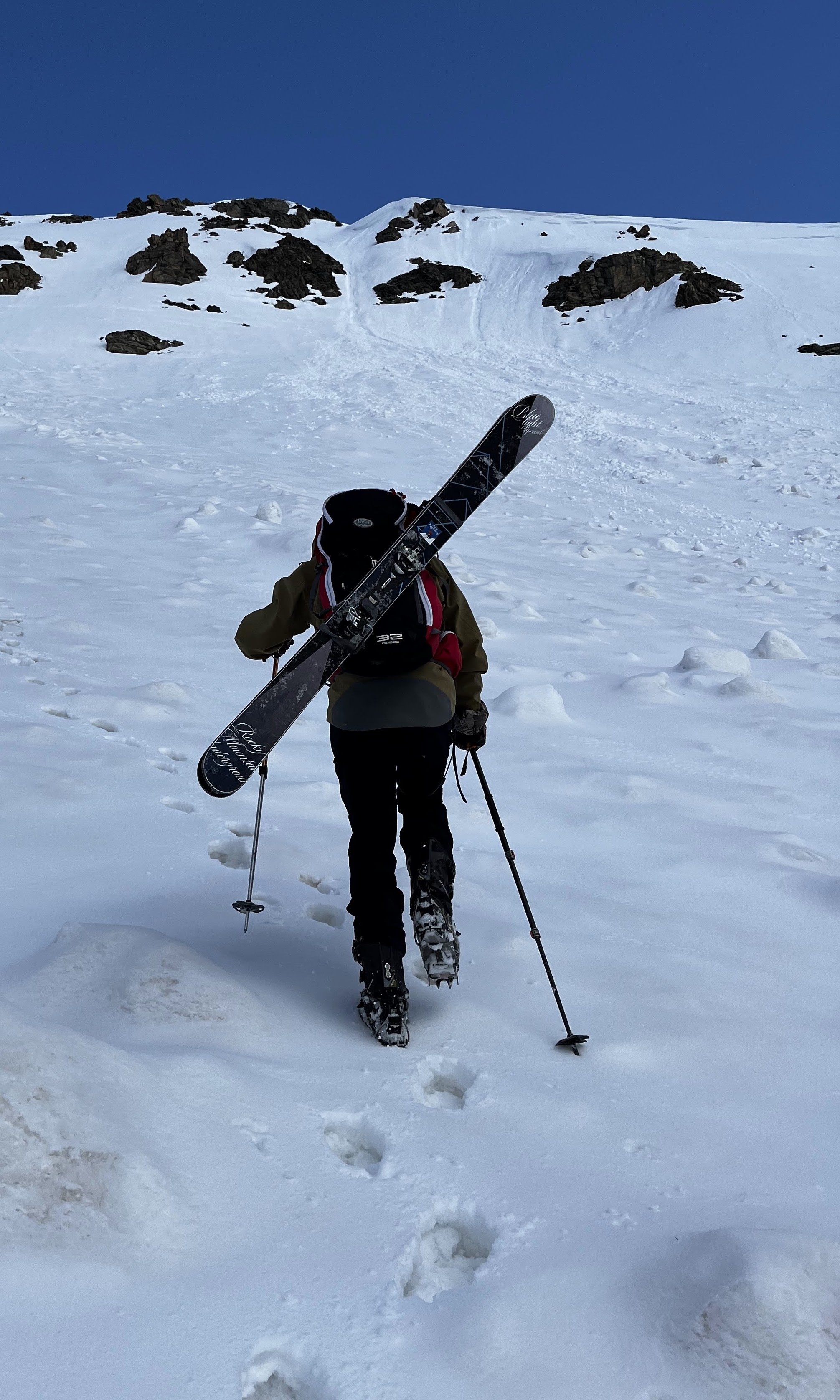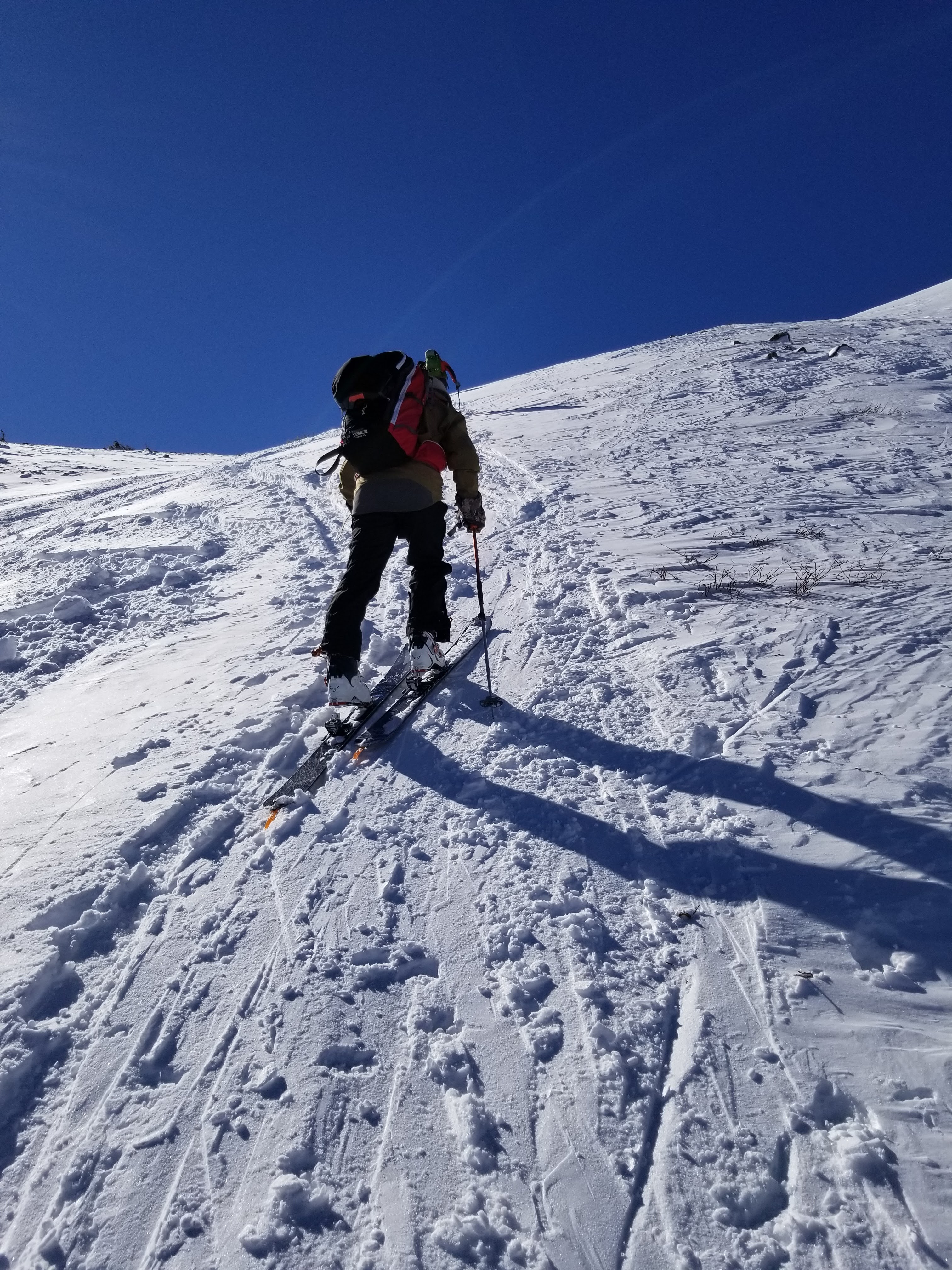If there is one thing that never changes about the outdoors it is that nature is trying to kill you. Back country snow sports put you right in the middle of a dynamic natural environment making safety training and constant decision making crucial to your safety.
This post is meant to raise awareness only, please find a qualified local organization to take in-person training. Never use internet strangers as your only source of information!
In this post, I will talk about a few topics that I have found to be important in my 15 years of back country skiing. This is not an exhaustive list and only briefly introduces each topic.
-
Avalanches
-
Rescuing people in the back country
-
Physical injury unique to back country
-
Communication with your group
-
Regional Specific Safety (crevasses, undermined snow etc)
-
Contingencies
Avalanches
An avalanche occurs when a layer of snow slides down a slope. These happen extremely quickly and can become terrifyingly large. A skier caught in one of these slides can be buried or injured severely. Most of your avalanche training will center around identifying how and where avalanches will form and how to safely avoid them while planning your route. Some of the training also covers what happens if an avalanche occurs. However, its important to point out: once someone is buried in an avalanche, their chances of survival go down significantly.
Here is a video capturing an avalanche and parts of a rescue. This group made some mistakes that got them into the avalanche in the first place, but their rescue effort after the fact is quite nice in my opinion. The end of the video leads into my next point nicely.
Rescuing people in the back country
Getting an injured person out of the back country can be extremely difficult. The video linked earlier has an extremely fast rescue at the end. In my experience, it takes search and rescue closer to 12 to 24 hours to get to an injured person (when they know the location). The search and rescue team in my area is fantastic, its just an extremely hard job.
You need to have the equipment, skills, and competent ski partners to survive for the time it takes to get rescued if you get injured. Contrary to the movies, helicopters are often a last resort for rescue operations due to the danger of landing in the mountains on uneven terrain. You are more likely to be carried out on a sled.
Physical injury unique to back country
You will hear a lot about avalanches but they aren't the only danger in the back country. In no particular order, here are other things to watch out for safety wise:
-
Make sure you have well-adjusted boots and bindings. It is not uncommon for serious leg injuries to occur if your binding isn't set up right. (This is the same for resort skiing)
-
Hidden rocks under the snow. Ski resorts often mark such obstacles but there is no such markings in the back country. Catching a rock can really hurt, especially if there are more rocks or shallow snow nearby.
-
Head injuries. This is pretty much the same as resorts. I strongly recommend wearing a helmet and replacing it every 5 years.
-
Snow blindness. Good sunglasses or goggles are a must, reflections from the snow make the landscape significantly brighter than normal and you can become temporarily blind without eye protection.
Communication with your group
Above all, the thing I have found to be the most important for safety is good communication with your group. If you see something that looks unsafe speak up! Never let one person convince the group its safe when you still have your doubts.
This communication should start when you are planning your trip, each member of the group should know where you are going, what the risks are and how you plan on mitigating them.
Regional Specific Safety (crevasses, undermined snow etc)
Always be aware of any specific hazards in an area. You should always read about your area and talk to knowledge people before you go. Here are a few examples.
Crevasses form when snow and ice flow downhill and create gaps in the snow. These are usually associated with glaciers which have their own set of safety precautions and training.
Flowing water can create undermined snow that can fall out from underneath you. Creeks, swamps, waterfalls and more can present various hazards to back country travel on the snow.
Holes can form next to trees when the snow accumulates around the tree but not as much underneath. It is possible to fall into these and get seriously stuck. Search for "tree well" for more info.
Contingencies
Your first line of defense against accidents, injuries, and catastrophes is the group you go with. If someone breaks a leg or is buried by an avalanche seach and rescue will not get there fast enough if you cannot take the first steps with rescue and first aid. However, it is good to plan on how you will get in contact with search and rescue if an incident occurs.
It is considered good practice to let someone know where you will be and when you expect to be back. Such instances are rare, but if something happens affecting the whole group, there will be someone who knows where to look for you.
In a more typical situation, you have someone in your group go to the trailhead and contact search and rescue from there. When doing this, you also generally want to leave someone with the injured person if possible. (This is the most common scenario in my experience).
Some people like to use personal locator beacons (PLB for short) which can transmit your location directly to search and rescue. I know people who have used PLBs and believe they are critical safety equipment. However, no technology can substitute good planning and training. As I mentioned earlier, it can take hours or sometimes even days for search and rescue to get to a location. Also, technology can fail, batteries die and satellite communications can be disrupted by weather. The PLB sould not be your only contingency plan.
Anyway, thanks for reading this far. Comments, suggestions, questions, criticism are all welcome!








